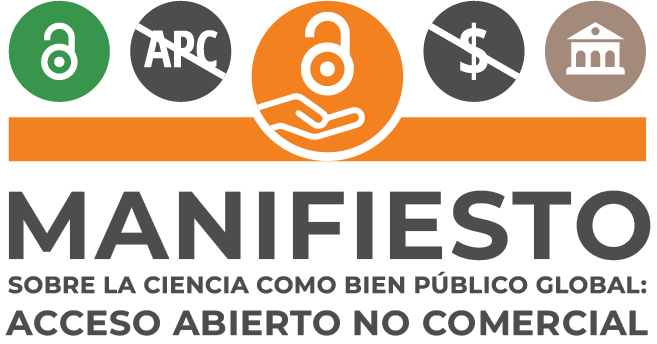Strengthening of the teaching-learning process of Language and Literature of seventh grade EGB students
Caso: Escuela de Educación Básica 24 de Mayo Nº2 de la ciudad de Portoviejo
DOI:
https://doi.org/10.59343/yuyay.v1i1.6Keywords:
Multimedia, interactive, autonomous, resources, Language and LiteratureAbstract
This paper addresses the issue around the use of TIC with the Management of learning communities to innovate teaching practice around Language and Literature.
The importance of innovating in teaching practice and learning together allowed us to propose the implementation of a training program based on innovation from educational resources and the integration of TIC, to contribute to the updating of knowledge and management of virtual tools with students.
Through the action-participatory research method, it was identified that to solve the lack of digital skills in teachers and ignorance of digital platforms, it is necessary to create an open access resource base.
With the application of the innovation project, the results obtained show the importance of managing these technological tools not only to improve student learning and also to improve practice through a learning community.
Downloads
References
Amaiquema, C. (2020). La Escritura como Tecnología. https://dspace.uartes.edu.ec/handle/123456789/660
Cobo, C., & Moravec, J. (2011). Aprendizaje invisible. Hacia una nueva ecología de la educación. Laboratori de mitjans interactius/Publicacions i Edicions de la Universitat de Barcelona.
https://prep-digital.fundacionceibal.edu.uy/jspui/handle/123456789/170
Fernández March, A. (2006). Metodologías activas para la formación de competencias. Education siglo XXI, 24(1), 35-56.
Gabelas, J. A., & Marta-Lazo, C. (2016). Comunicación digital: Un modelo basado en el Factor R-elacional. Comunicación digital, 1-191. https://www.torrossa.com/it/resources/an/3164128
McKenna, M., Labbo, L., Reinking, D., & Zucker, T. (2003). Effective use of technology in literacy instruction. Best practices in literacy instruction, 2, 307-331.
Mineduc, (2016). Instructivo Metodológico para el docente de la I Etapa de Componente Post-alfabetización. Módulo 3. Dirección Nacional de educación para personas con escolaridad inconclusa. p. 26.
Punín, P. (2021) Proyecto de nivelación de la lectoescritura mediante estrategias metodológicas virtuales: una propuesta para tercer año de Educación General Básica Ecuatoriana. Universidad del Azuay.
Quevedo, M. (2015) Aplicación del método de escuelas lectoras con el uso de herramientas interactivas en segundo año de básica de la unidad educativa San Vicente de Paúl de Riobamba. Universidad Católica del Ecuador. Pág. 21.
Sepulveda, J. (2020). Enfoques multidisciplinares, en Ingeniería, Tecnología e Innovación. Corporación Americana, Medellín.
Sevilla-Villanueva, B. (2020). Neuroeducación en Ciclos Formativos: guía para el profesorado (Master's thesis, Universitat Politècnica de Catalunya).
https://upcommons.upc.edu/handle/2117/339593
Siemens, G. (2014). Digital Learning Research Network. Learnspace, November.
http://www.elearnspace.org/blog/2014/11/18/digital- learning-research-network-dlrn/
Valery, O. (2000). Reflexiones sobre la escritura a partir de Vygotsky. Educere, vol. 3, pp. 38-43.

Published
How to Cite
Issue
Section
Categories
License
Copyright (c) 2022 YUYAY: Estrategias, Metodologías & Didácticas Educativas

This work is licensed under a Creative Commons Attribution-NonCommercial-NoDerivatives 4.0 International License.
You are free to:
Share — copy and redistribute material in any medium or format.
- Licensor cannot revoke these freedoms if you follow the terms of the license.
Attribution — You must give credit appropriately, provide a link to the license, and indicate if any changes have been made. You may do so in any reasonable way, but not in a manner that suggests that you or your use are supported by the licensor.
NonCommercial — You may not use the material for commercial purposes.
NonDerivatives — If you remix, transform, or create from the material , you may not distribute the modified material.
No additional restrictions — You may not apply legal terms or technological measures that legally restrict others from making any use permitted by the license.






















